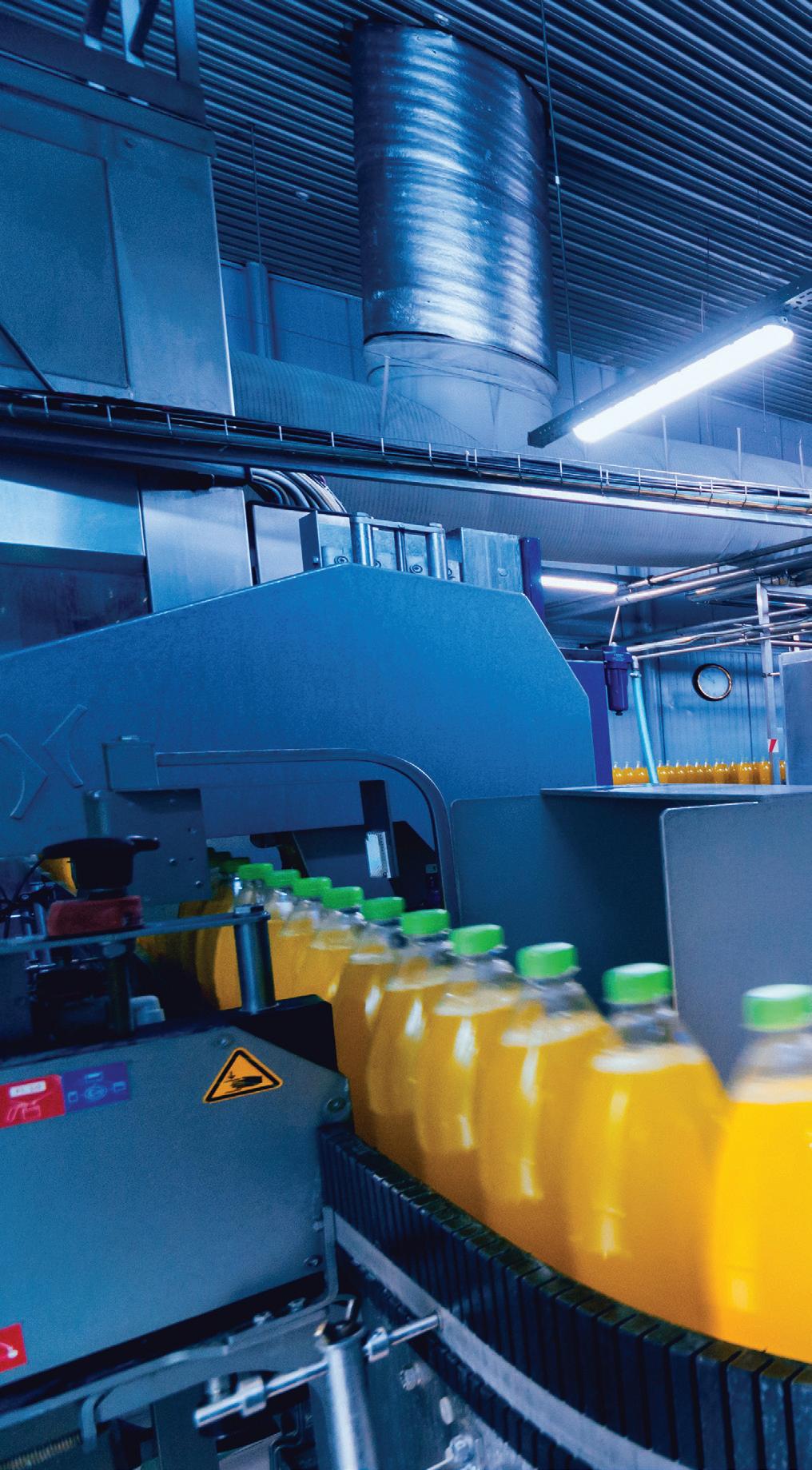
14 minute read
The evolution of the DCS
HOW DISTRIBUTED CONTROL SYSTEMS ARE EVOLVING TO MEET THE NEEDS OF THE DIGITAL INDUSTRIAL REVOLUTION
Mark Bitto, Head of Global Marketing – Distributed Control Systems, ABB
As digital technologies increasingly find their way into industrial applications, a new generation of distributed control system is needed.
The growth of automation is making a world of difference in industrial applications, enabling an expanding range of production tasks to be handled and executed more efficiently, productively and safely.
Much of the hard work entailed in making the decisions that make automation possible is carried out by distributed control systems. Combining a series of control loops regulated by distributed process controllers linked into a single operator platform, distributed control systems have proven highly effective in managing core operational, maintenance and safety functions in a wide range of process and plant applications.
By enabling large and complicated control functions to be managed in a single environment, distributed control systems offer several advantages: • Safety and system availability: With their inherent built-in redundancy, distributed control systems enable safe and disruption-free operation in the event of a problem. • Reduced downtime: By monitoring all aspects of plant performance, distributed control systems can highlight when and where problems are likely to occur, allowing timely action to be taken. Automated decision-making also reduces the potential for operator error, such as missing, misinterpreting or ignoring an alarm condition. • Visualisation: When linked into an operator platform, data from distributed control systems covering a few hundred to potentially thousands of tags or assets can be presented via a HMI to provide a detailed overview of plant conditions. Functions such as data logging and alarm management help to provide additional information that the operator can use to make informed decisions.
iStockphoto.com/Blue Planet Studio Control systems
• Scalability: A key benefit of distributed control systems is their scalability. Systems can be adapted to meet changing requirements such as extra control operations, with the ability to add extra control or process units when needed. Compared to PLCs, which have limitations on I/O, distributed control systems offer a much easier path, with I/O capacity able to be expanded by adding extra modules to the controller. • Security: With multiple layers of security for different levels of access, distributed control systems offer a secure platform for handling key factory automation control functions.

Keeping up with the future: why adaptivity is key
Keeping pace with increasingly complex process demands requires control systems that can run processes seamlessly and effectively while minimising complexity for the user. They must also facilitate effective collaboration between people, systems and equipment to ensure maximum productivity.
Digitalisation is the key to unlocking the functionality required to power the factory of the future. While the distributed control system has always been connected, the rules of that connectivity have traditionally placed a master controller at the top governing an entire process from start to finish. With modular automation, complex processes are broken down into modular building blocks that can be added, subtracted or amended discretely without affecting the wider process. By removing much of the time, cost and effort involved in systems engineering, the modular automation concept provides businesses with unprecedented agility and flexibility. Modules are equipped with their own intelligence and can function autonomously without the need for executive control yet can also plug into the wider system with ease.
The flexibility that this creates cannot be understated. The cost and criticality of distributed control systems prohibits just replacing them every time something new comes along or when additional functionality is required. As such, the modern distributed control system must be capable of constant change, with the flexibility and adaptability to meet not only current needs, but also the needs of tomorrow. This is where a modular approach brings particular benefits, as elements of the process can be changed or upgraded without having to replace the entire system, essentially futureproofing the DCS against new developments in the market.
Connected systems
Smart devices and systems, connected via the cloud, are a key enabler for this approach, opening a vast range of opportunities for improving process reliability and efficiency. Real-time analytics on the efficiency of subsystems or even individual components can be accessed, monitored and actioned in near real time, even from remote locations. Furthermore, because the system is modular, potential issues can be detected earlier, with any affected modules able to be removed from the wider process and worked on if needed without incurring plant downtime.
Connected systems are crucial if users are to unleash the potential of the modern DCS. As such, an open approach to communications and compatibility is key to driving innovation and avoiding the risks of proprietary systems that can lock users into certain manufacturers, potentially exposing them to supply issues, obsolescence or a lack of timely access to technical and engineering support. Automation manufacturers recognised this problem some years ago, resolving to work together to develop standards that would result in cross-compatibility between devices and components.
An open platform for change
NAMUR Open Architecture (NOA) was established in 2016 and sets out a vision for how to apply digital technologies to control systems in process-oriented industries. This vision includes various guiding principles to ensure data is easily and securely usable for plant

With modular automation, complex processes are broken down into modular building blocks.
and asset monitoring as well as optimisation by maintaining shared standards that all manufacturers signed up to the agreement must adhere to. These principles include: • No compromise on plant safety and plant availability. • Open interface between ‘Core Process Control‘ and ‘Monitoring and Optimisation’. • A consistent approach for new and existing production plants. • Agile implementation based on existing standards. • Automation security must be an integral design aspect (security by design). • Usability, reduction of complexity and economic efficiency are the key success factors.
NOA effectively adds a layer to a DCS that allows extra functions to be added by providing an open and secure environment for integrating IT components from the field up to the enterprise level. Compared to the somewhat closed system design of older generations of DCSs, and as an improvement to the modern, more open yet slow-to-advance automation platforms, the NOA principles provide the flexibility for distributed control systems to adapt more rapidly to new technologies.
With this new approach, operators can extend the capabilities of their control systems to include new functions such as asset and device management, optimisation and planning, without impacting on the core functions of the distributed control system itself and without the time or risks previously associated with making changes or upgrading.
A good example is the application of edge computing and the cloud in helping companies to increasingly explore the benefits of IIoT-enabled sensors. These devices produce a huge amount of data about processes — temperatures, pressures and the levels of liquids in a vessel, to name a few — all of which needs to be gathered, processed and analysed. In the past, a lot of this data was left untended and not utilised, with companies lacking the ability to easily analyse it or share it between individuals, departments or multiple sites.
By enabling edge and cloud technologies to be easily integrated into the distributed control system, the NOA approach presents the possibility for users to fully unlock the possibilities of Industry 4.0 by making valuable operational data readily and securely accessible as and when required to allow informed decisions and actions.
It will also provide greater flexibility in the way that solutions are implemented, enabling a shift from traditional buying of systems to usage-based ‘pay-as-you-go’ software subscriptions. This approach always brings new possibilities when it comes to business models and how applications, and eventually the DCS itself, is purchased, from buy it upfront to software as a service.
Building on these efforts is the next step in the evolution of the distributed control system. Leveraging digital technologies such as edge computing and the cloud require collaboration, particularly given the complexity of the technologies and systems involved. It also means a focus on what the end user needs, and not just what the automation manufacturer wants to or is able to offer. For instance, smart sensors can automatically transmit vast amounts of process data continuously to provide feedback on machine and process performance.
DIGITALISATION IS THE KEY TO UNLOCKING THE
FUNCTIONALITY REQUIRED TO POWER THE FACTORY
OF THE FUTURE.
Putting the operator at the fore
While the technologies covered offer unprecedented access to a multifaceted range of process and operational data, there is a limit to how much data a human operator can evaluate at once. As such, any distributed control system must be able to not only turn all this data into useful information but also provide the operator with what they need to know in a way that they can easily understand and respond to. The modern distributed control system makes this possible by enabling the improved flow of IoT data, ensuring that the right information gets to the right person at the right time, allowing them to take appropriate and timely action while facilitating more effective and streamlined decision-making.
Addressing sustainability
With sustainability and the drive to net zero now high on the boardroom agenda, innovations achieved by the distributed control systems of the future will help advance both operational efficiency and productivity, while improvements in efficiency can help to reduce emissions and raw material use.
Summary: The best is yet to come
Process automation systems of the future will empower industries to compete in a fast-changing world by delivering adaptable, reliable, integrated, modular and secure automation solutions. Collaboration will be key, and the result will facilitate better integration and ease of use for operators, while creating an ecosystem whereby the DCS will adapt to meet any challenge that arises in the future.

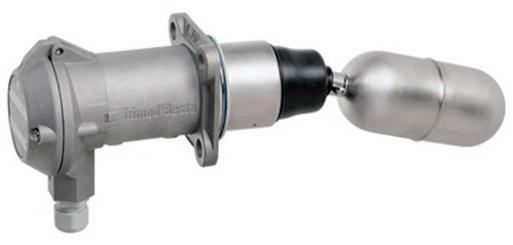
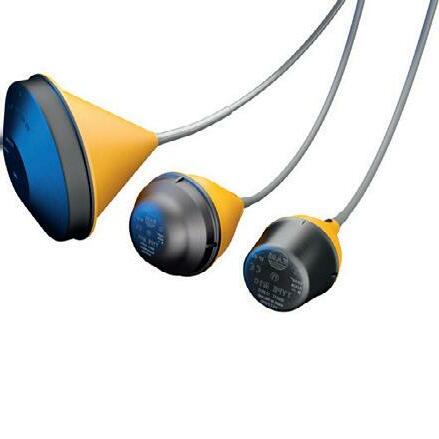
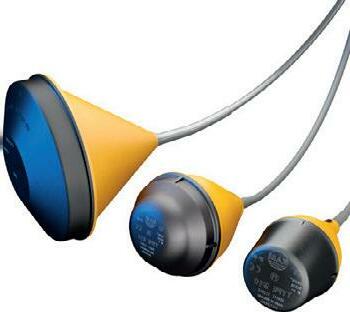
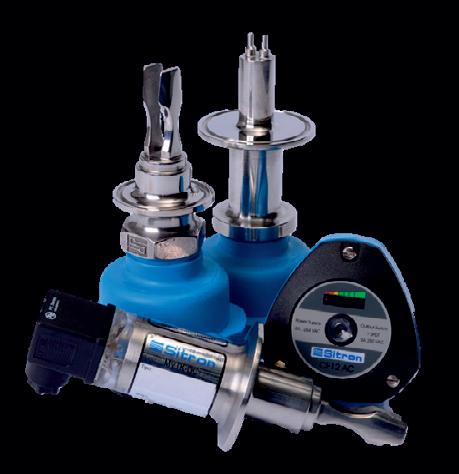
FLOWMETER FOR CUSTODY TRANSFER
ABB’s CoriolisMaster flowmeter has recently gained custody transfer standards approval. The flowmeter now offers a custody transfer application approved under OIML R 117-1 and Wellmec standards and certified for the European Measuring Instruments Directive (MID).
Accuracy and reliable measurement are paramount in the transfer of expensive commodities such as oil and gas. Custody transfer is a highly regulated area which falls under both international standards and regional regulations. The CoriolisMaster certification complements ABB’s Flow-X series of flow computers, a single hardware and software solution that connects to flowmeters, and to temperature, pressure and density transmitters as well as chromatographs to calculate the volume at standard conditions, mass and energy following international standards. ABB says the Flow-X aims for the highest precision to protect the interest of buyer and seller. Its analog inputs have an accuracy of 0.008% over a wide ambient temperature range.
The ABB CoriolisMaster has a small footprint that reduces on-site handling, commissioning and costs by being easy to install and using less pipeline than has been traditionally required. Its communication capabilities provide real-time data insights, and the inclusion of the ABB Ability Verification for measurement devices solution allows the performance of the meter to be verified at any stage either in situ or remotely.
ABB Australia Pty Ltd
www.abbaustralia.com.au
Treotham has all your VSD cable & glands needs covered

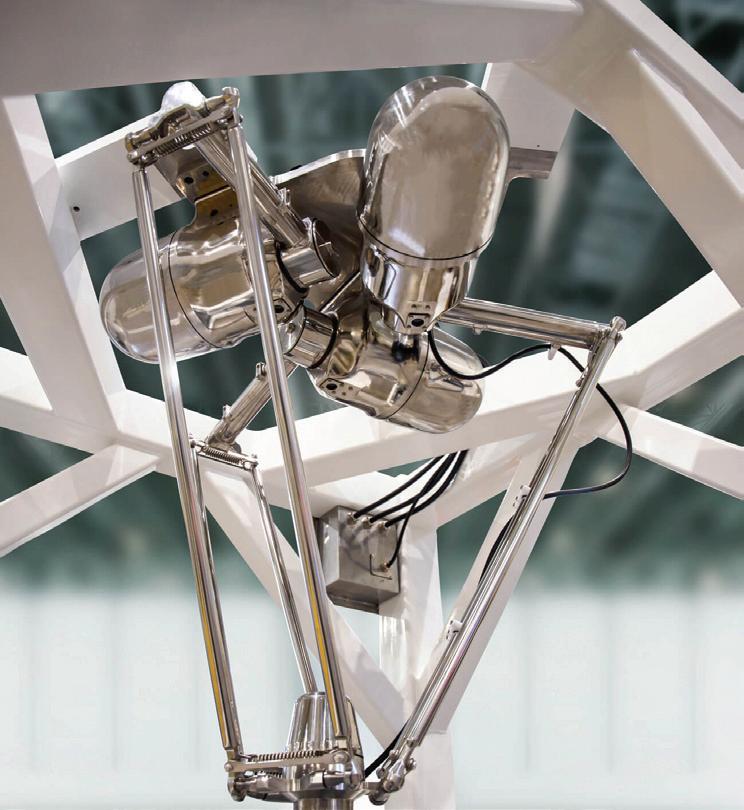
FOOD-GRADE DELTA ROBOT
Fanuc has released the DR-3iB/6 Stainless, the company’s first stainless steel food-grade delta robot for picking and packing primary food products. Rated IP69K, the robot meets USDA and FDA food safety standards, and is claimed to set a new benchmark for robotic food handling in terms of payload, speed, reach and sanitation.
The DR-3iB/6 Stainless features a fully enclosed stainless steel body that is resistant to the chemicals and high pressure/temperatures required in strict washdown environments, while the robot’s mirror-like surface finish helps make sure that any microbial contaminants can be washed away cleanly. With additional features such as NSF H1 food-grade lubricant, secondary oil catch basins (with viewing windows to monitor potential leaks), self-draining surfaces and many other small details driven by USDA/FDA standards, the DR-3iB/6 Stainless is specifically designed for primary food handling applications.
The DR-3iB/6 Stainless has a 1200 mm reach (400 mm height) and a four-axis design, allowing it to handle 6 kg payloads at high speeds. The robot operates with FANUC’s latest R-30iB Plus controller with integrated intelligent functions such as iRVision, Force Sensing, Robot Link, Collision Guard and Zero Down Time (ZDT).
FANUC OCEANIA Pty Limited
www.fanucoceania.com.au



Treotham Automation supply an extensive range of high quality electrical flexible cables and accessories from . With a full range of industrial products, our technical engineers are able to provide fast and reliable service and custom-built solutions for special applications.

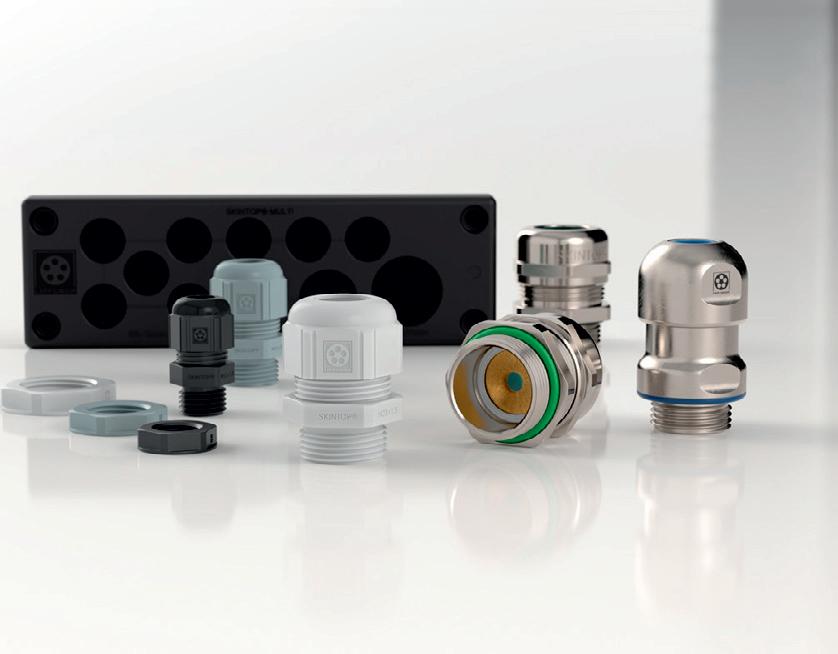
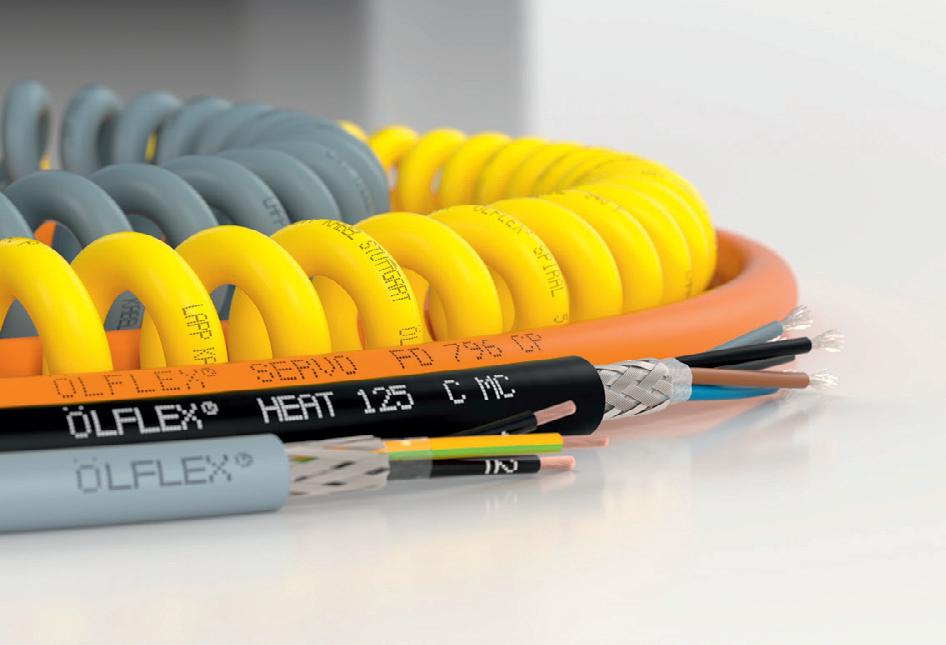
HOW MOTOR MANAGEMENT SOLUTIONS ARE ACTING FOR A CLIMATE-POSITIVE WORLD
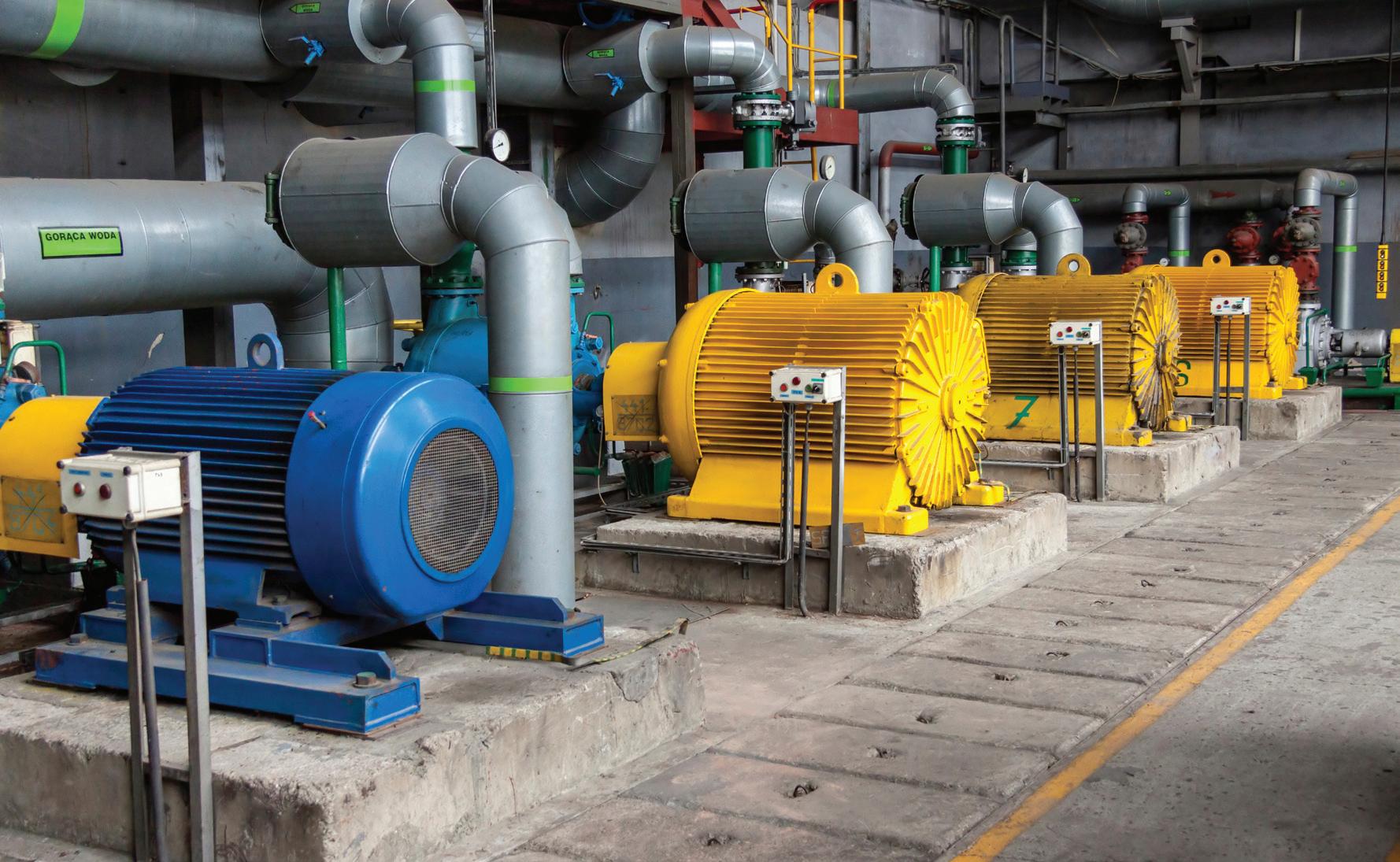
©stock.adobe.com/au/Doin Oakenhelm
Modern industrialists face mounting pressure from governments, society, and investors to demonstrate sustainability practices. Today’s buyers demand eco-effi cient brands, green products, responsibly sourced materials, and sustainabilityfocused solutions and services.
Achieving sustainable operations is one of the most important challenges industrial enterprises have ever faced. The good news is that the technology to address sustainability already exists. Digital electrifi cation and automation solutions allow us to operate everything more effi ciently.
The energy use of corporations typically comprises about half of their carbon footprint. A large driver of this energy usage comes from motors that consume between 60% and 95% of the electrical energy in a plant. Optimisation of these motors, with a holistic motor management solution, can decrease CO2 emissions and have a direct impact on the sustainability of the operations.
One key way this can be done within motor management solution is with Altivar variable speed drives, which bring energy effi ciency to industrial operations. Independent studies have shown that with the Altivar drives 30 MtCO2 was saved between 2018 and 2020 (an average of 10 MtCO2 per year, over a total of 155 MtCO2) and 85 MtCO2 avoided this same period (an average of 27 MtCO2 per year, over a total of 107 MtCO2).
What does a holistic motor management solution look like?
There is no denying that motors directly impact industrial electrical distribution and equipment, as they are critical assets at the foundation of all industrial processes. With motors being large consumers of energy, even a slight optimisation of these motors can have a direct impact on the sustainability of the operation.
With the effective design, engineering, and management of motor applications, effi ciently-run motors can signifi cantly contribute to a company’s sustainability, while driving high performance, productivity, and safety with less unplanned downtime and plant stoppages, including: • 30% reduction in energy consumption (with Altivar Process Drives) • 20% improvement in motor availability • 4x faster recovery after an unexpected stop • 50% reduction in motor down time • 40% reduction in design time.
With tools such as a motor management energy saving calculator (as part of EcoStruxure Motor Management Design) you get instant insight in to the calculation of your CO2 reduction as well as return on investment and payback period information based on your motor application characteristics.
Best practices: Go green
Top industry players such as Schneider Electric offer motor management solutions that include Green Premium products that come with detailed information on their regulatory compliance, material content, environmental impact, and circularity attributes. As a driver of sustainable business performance for their customers and partners, Green Premium products focus on: • Resource performance and CO2 impact • Circular performance and cost of ownership optimisation • Wellbeing, performance, and peace of mind.
Coming soon to ANZ: The Altivar ATS480 Soft Starter
The Altivar Soft Starter ATS480 is part of the new motor management offering, marking the next evolution of soft starters with digitalisation in mind. The ATS480 reduces engineering time and cost through simplifi ed selection and optimisation of the power and plant architecture, as well as securing operations with cybersecurity best practices, digitally troubleshooting issues and providing constant support. The ATS480 is designed to address process and infrastructures, simplifying project execution and maximising the availability of applications even in the most demanding environments. It builds on the proven robustness and start/stop performance extending the lifetime of the ATS48 equipment and preserving the initial investment by reusing current design.
To learn more about how Motor Management solutions help Industries of the Future thrive, from design and build to operate and maintain, download the new Schneider Electric whitepaper at https://bit.ly/3vXWb4f.



